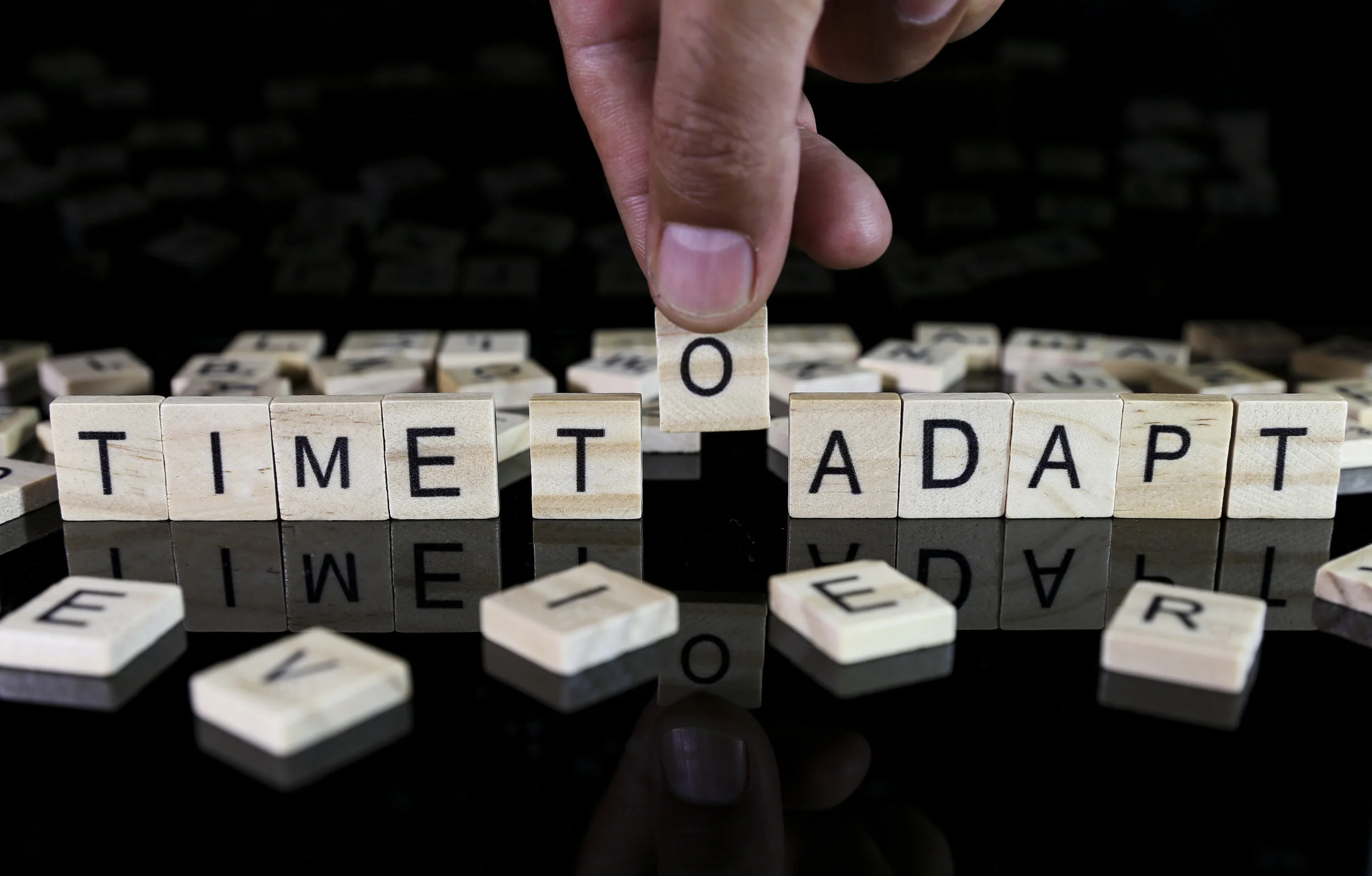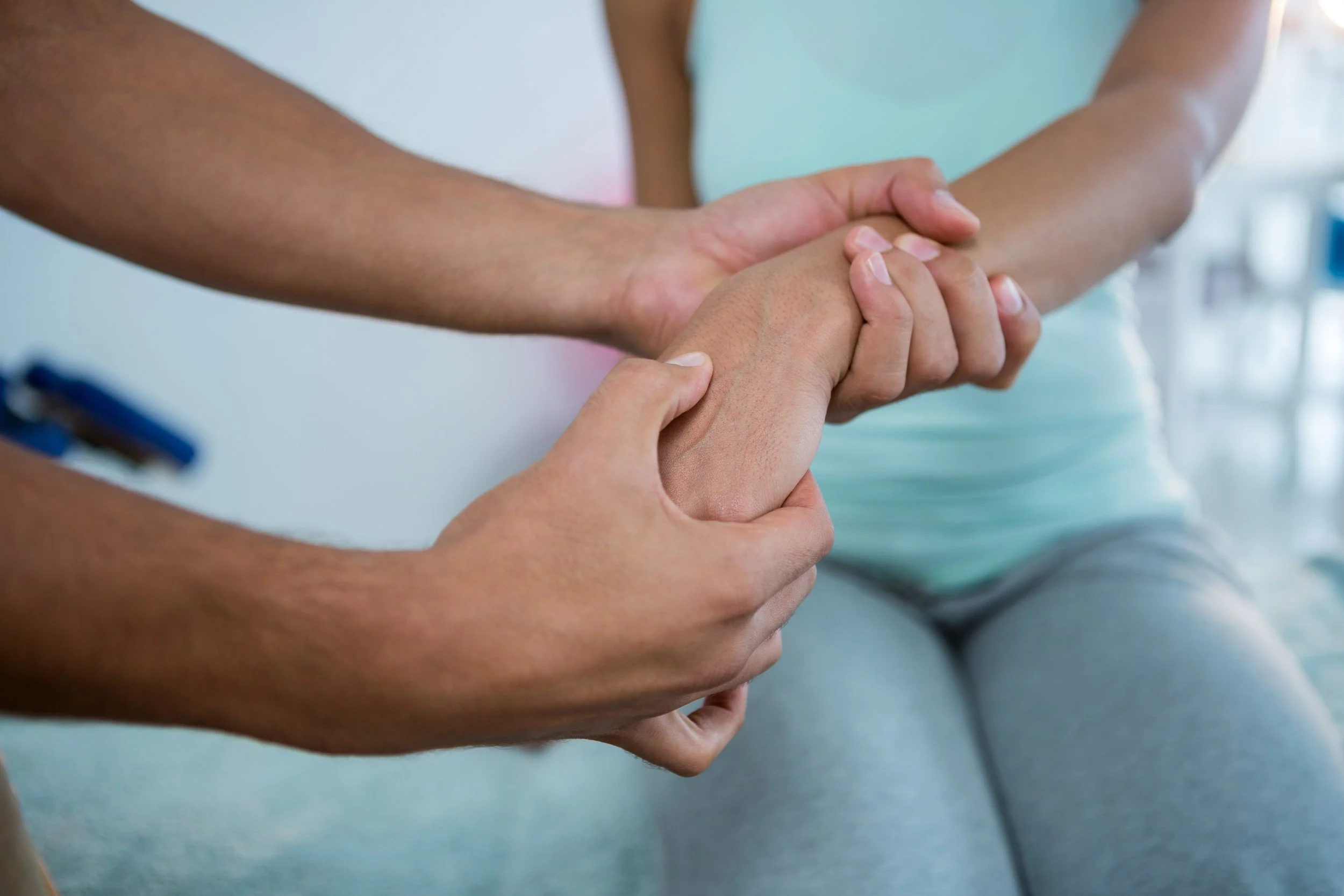Acupuncture - The Oldest Health Care System in the World
/The origins of acupuncture in China can be traced back at least 2000 years, making it one of the oldest and most long-standing health care systems in the world. Today, acupuncture is an effective, natural and increasingly popular form of health care that is being used by people from a wide range of cultural and social backgrounds.
Acupuncture is a time-honoured medicine and takes a holistic approach to understanding normal function and disease processes and focuses as much on the prevention of illness as on the treatment.
What is qi & how does it affect the body?
When healthy, an abundant supply of qi (pronounced chee) or "life energy" flows through the body's meridians (a network of invisible channels through the body). If the flow of qi in the meridians becomes blocked or there is an inadequate supply of qi, then the body fails to maintain harmony, balance and order, and disease or illness follows. This can result from stress, overwork, poor diet, disease pathogens, weather and environmental conditions, and other lifestyle factors and becomes evident to TCM practitioners through observable signs of bodily dysfunction. TCM practitioners look carefully for these signs of health and dysfunction, paying particular attention not only to the presenting signs and symptoms, but also to the medical history, general constitution, and the pulse and tongue.
How does acupuncture work?
Acupuncture treatment involves the insertion of fine, sterile needles into specific sites (acupuncture points) along the body's meridians to clear energy blockages and encourage the normal flow of qi through the individual. The practitioner may also stimulate the acupuncture points using other methods, including moxibustion, cupping, laser therapy, electro-stimulation and massage, in order to re-establish the flow of qi.
As a natural form of healing, acupuncture has the following benefits:
- provides drug-free pain relief
- effectively treats a wide range of acute and chronic ailments
- treats the underlying cause of disease and illness as well as the symptoms
- provides an holistic approach to the treatment of disease and illness, linking body, mind and emotions
- assists in the prevention against disease and illness as well as the maintenance of general well-being
Acupuncture is known to treat a wide range of disorders including:
- Neurological conditions such as headaches, migraines, difficulty sleeping, nervous tension, stroke, some forms of deafness, facial and inter-costal neuralgia, trigeminal neuralgia, some forms of paralysis, sequelae of poliomyelitis, peripheral neuropathy, noises in the ears, dizziness, and Meniere's disease.
- Cardiovascular disorders such as high or low blood pressure, fluid retention, chest pain, angina pectoris, poor circulation, cold hands and feet, and muscle cramps.
- Respiratory conditions such as bronchial asthma, acute and chronic bronchitis, acute tonsillitis, rhinitis, sinusitis, hay fever, chronic cough, laryngitis, sore throat, influenza and the common cold.
- Digestive system disorders such as toothache, post-extraction pain, gingivitis, mouth ulcers, hiccough, spasms of the oesophagus, gastric and duodenal ulcers, gastric hyperacidity, gastritis, heartburn, hiatus hernia syndrome, flatulence, paralytic ileus, colitis, diarrhoea, constipation, haemorrhoids, liver and gall bladder disorders, and weight control.
- Urogenital disorders such as cystitis, prostatitis, orchitis, low sexual vitality, urinary retention, kidney disorders, nocturnal enuresis, and neurogenic bladder dysfunction.
- Gynaecological and obstetric disorders such as premenstrual tension, painful, heavy or irregular, or the absence of periods, abnormal uterine bleeding or discharge, hormonal disturbances, disorders associated with menopause, prolapse of the uterus or bladder, difficulty with conception, and morning sickness.mu
- Skin conditions such as eczema, dermatitis, psoriasis, nerve rash, herpes zoster, acne, scar tissue and resultant adhesions, hair loss and dandruff.
- Eye conditions such as visual disorders, red, sore, itchy or watery eyes, conjunctivitis, simple cataracts, myopia in children, and central retinitis.
- Musculoskeletal disorders such as osteoarthritis, sciatica, lumbago, weak back, low back pain, rheumatoid arthritis, gout, tenosynovitis, shoulder and neck pain, cervicobrachial syndrome, 'frozen shoulder', and 'tennis elbow'.
- Sporting injuries such as sprained ankles and knees, cartilage problems, corking and tearing of muscles, torn ligaments and bruises.
- Psychological conditions such as depression, phobias, emotional disturbances, anxiety, nervousness and addictions such as smoking.
* The disorders above which appear in bold have been recognised by the World Health Organisation (December 1979) as having been successfully treated by acupuncture. The disorders which do not appear in bold above are other common disorders which have been found to respond well to acupuncture.
This article originally appeared on http://www.acupuncture.org.au











![Self-regulation “control [of oneself] by oneself"](https://images.squarespace-cdn.com/content/v1/55563e14e4b01769086817cb/1542845645966-PO2HGKF5JLUBM45UIWQ3/wee-lee-790761-unsplash.jpg)




















